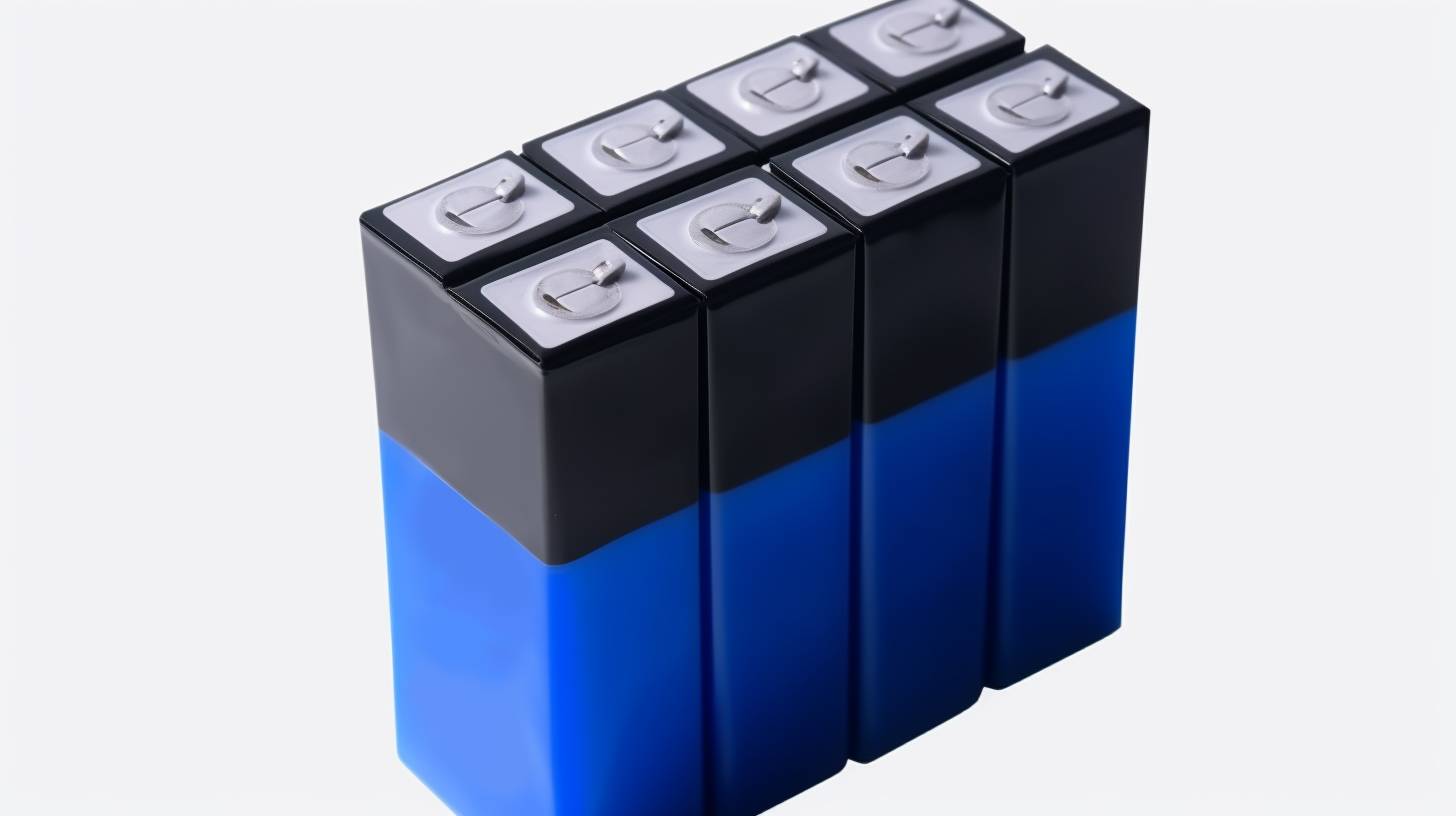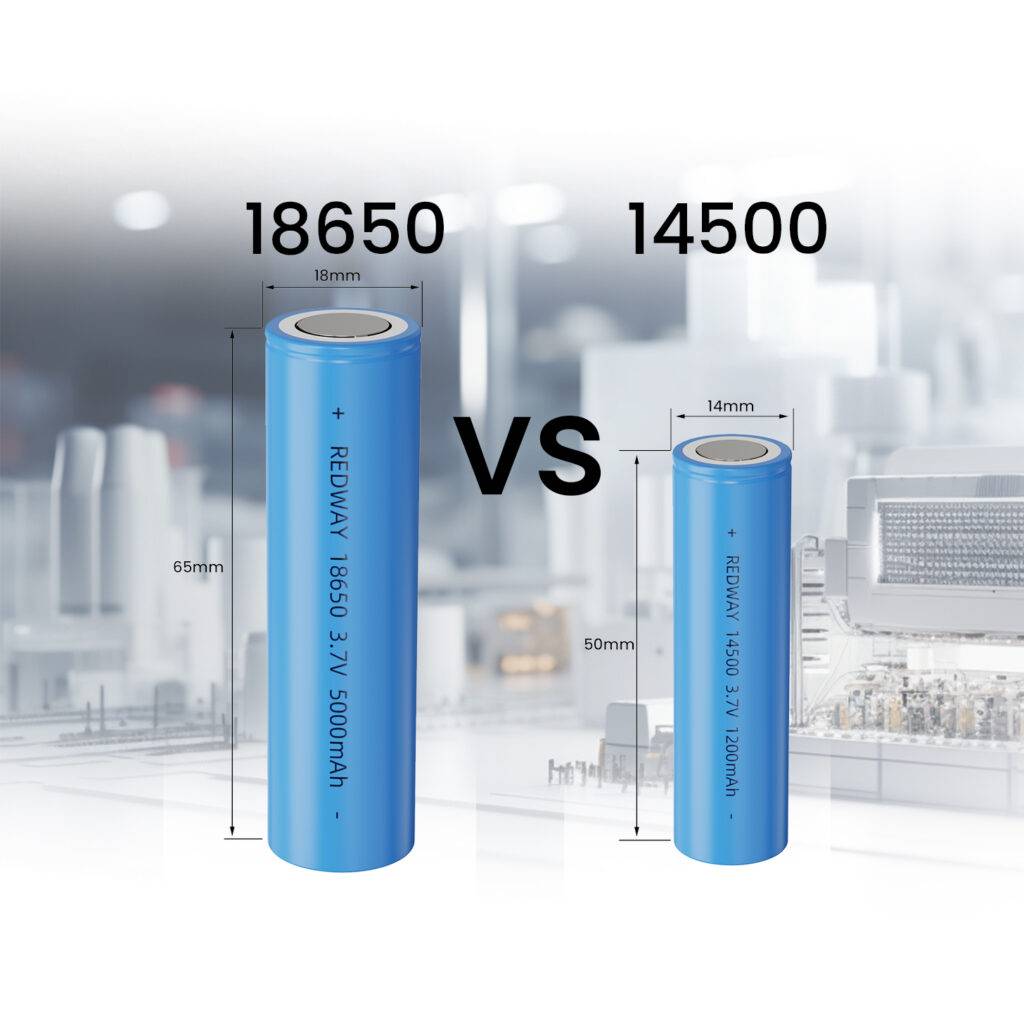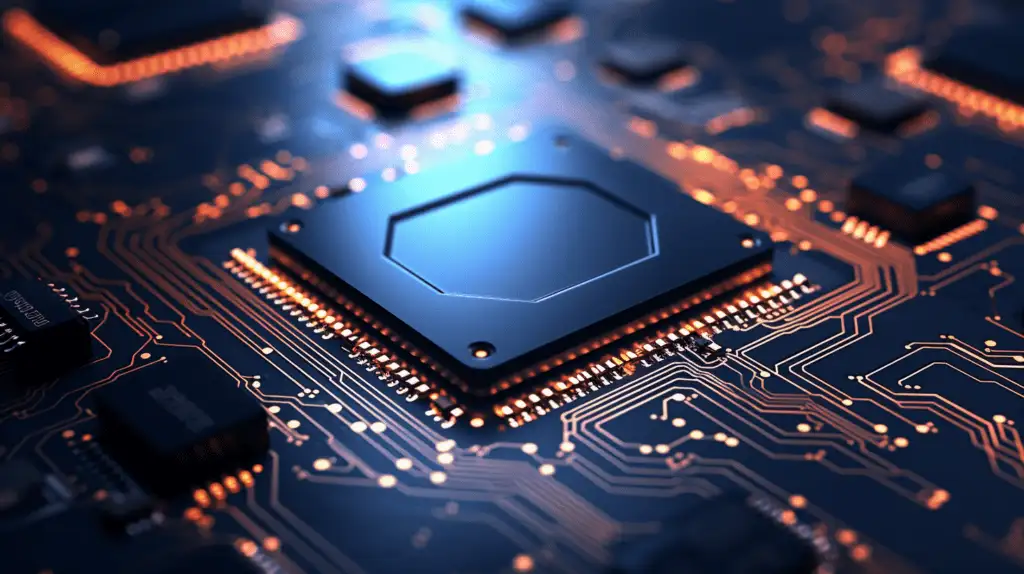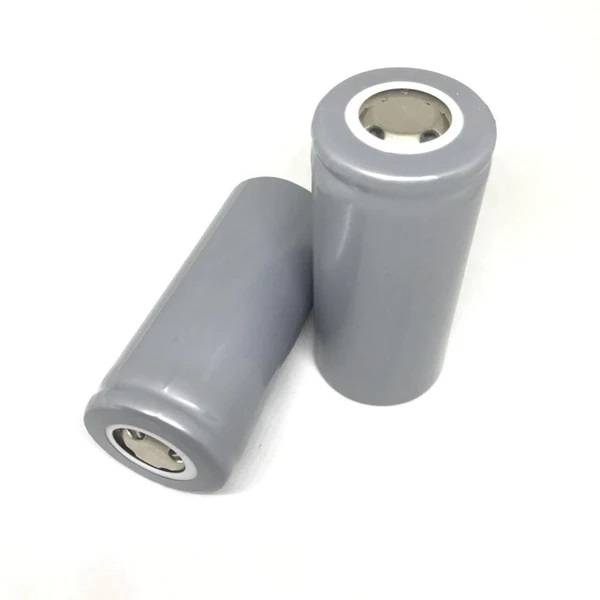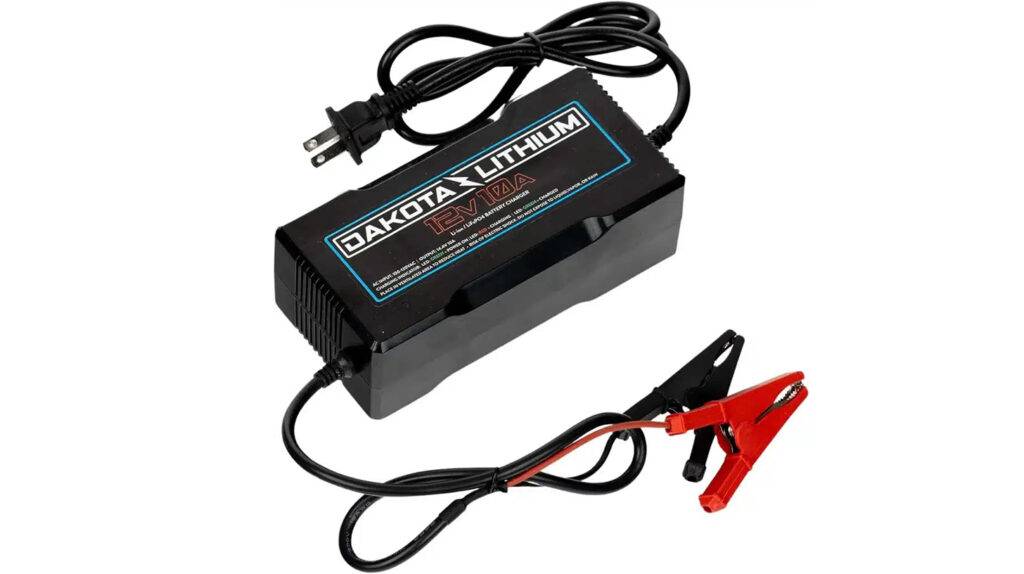Welcome to our blog post on how to efficiently charge your batteries using a lithium battery charger solar! In today’s fast-paced world, where technology is an integral part of our daily lives, keeping our devices powered up is more important than ever. Whether you’re camping in the great outdoors or simply looking for an eco-friendly way to recharge your gadgets, utilizing a lithium battery charger solar can be a game-changer. In this article, we will delve into the fascinating world of lithium ion batteries and explore the various types available. We will also guide you through the process of charging these batteries with a solar panel and discuss whether a solar charge controller is necessary. So sit back, relax, and get ready to unlock the power of sunlight as we embark on this enlightening journey together!
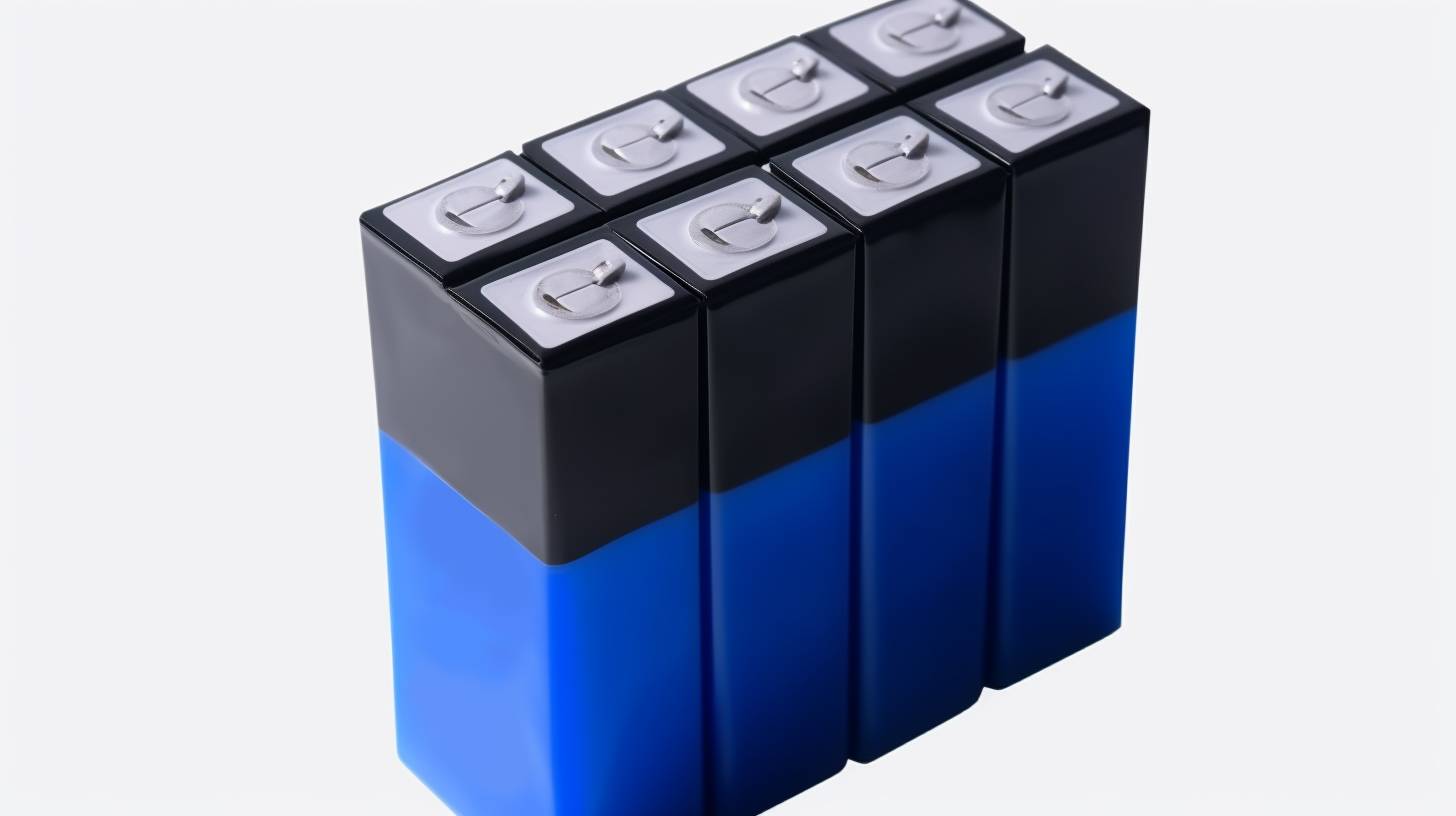
Understanding Lithium Ion Batteries
Understanding Lithium Ion Batteries
Lithium ion batteries have become increasingly popular in recent years due to their high energy density and long lifespan. These batteries are commonly used in portable electronic devices, electric vehicles, and even renewable energy systems.
Different Types of Lithium Ion Batteries
There are several different types of lithium ion batteries available on the market today. The most common ones include lithium cobalt oxide (LiCoO2), lithium manganese oxide (LiMn2O4), and lithium iron phosphate (LiFePO4). Each type has its own unique characteristics and is suited for specific applications.
Charging Lithium Ion Batteries with a Solar Panel
One of the most efficient ways to charge a lithium ion battery is by using a solar panel. Solar panels convert sunlight into electricity, which can then be used to charge the battery. However, not all solar panels are compatible with charging lithium ion batteries.
What Type of Solar Panel can Charge a Lithium Ion Battery?
To effectively charge a lithium ion battery using a solar panel, it is important to use one that has the appropriate voltage and current output. Ideally, you should choose a solar panel that matches or exceeds the voltage rating of your battery.
Charging a Lithium Ion Battery
When it comes to charging a lithium ion battery with a solar panel, there are certain precautions you need to take. It’s crucial to follow the manufacturer’s instructions carefully and avoid overcharging or undercharging the battery.
Steps to Charge a Lithium Ion Battery
Here are some general steps you can follow when charging your lithium ion battery with a solar panel:
1. Connect your solar panel to an appropriate regulator or charge controller.
2. Connect the regulator or charge controller to your battery.
3. Ensure that all connections are secure.
4. Position your solar panel in direct sunlight for maximum efficiency.
5. Monitor the charging process regularly and disconnect once fully charged.
Do You Need a Solar Charge Controller for a Lithium Ion Battery?
In most
Different Types of Lithium Ion Batteries
Different Types of Lithium Ion Batteries
Lithium-ion batteries have become increasingly popular due to their high energy density, longer lifespan, and lighter weight compared to traditional lead-acid batteries. However, not all lithium-ion batteries are created equal. There are different types of lithium-ion batteries available in the market today.
1. Lithium Cobalt Oxide (LiCoO2): This is one of the most common types of lithium-ion batteries used in portable electronics like smartphones and laptops. It offers a high energy density but has limited capacity for fast charging and discharging.
2. Lithium Iron Phosphate (LiFePO4): These batteries are known for their safety and long cycle life. They have a lower energy density compared to LiCoO2 batteries but can handle higher discharge currents.
3. Lithium Nickel Manganese Cobalt Oxide (NMC): NMC batteries offer a balance between power output, energy storage capacity, and lifespan. They are commonly used in electric vehicles as they provide good performance and thermal stability.
4. Lithium Titanate (Li4Ti5O12): These batteries have excellent charge-discharge efficiency, extremely long cycle life, and can operate effectively at extreme temperatures.
Each type of lithium-ion battery has its own unique characteristics that make them suitable for different applications ranging from consumer electronics to renewable energy storage systems or electric vehicles.
Charging Lithium Ion Batteries with a Solar Panel
Charging Lithium Ion Batteries with a Solar Panel
Using solar power to charge your lithium ion batteries is not only environmentally friendly, but also cost-effective. The process involves harnessing the energy from the sun and converting it into electrical energy to charge your batteries.
To begin, you’ll need a solar panel capable of charging lithium ion batteries. There are various types available, ranging from small portable panels to larger installations for residential or commercial use. It’s important to choose a panel that matches the voltage and capacity requirements of your specific battery.
Once you have the right solar panel, charging your lithium ion battery is relatively straightforward. Connect the positive (+) terminal of the solar panel to the positive (+) terminal of the battery, and similarly connect the negative (-) terminals together.
Before starting the charging process, ensure that there is enough sunlight falling on the solar panel for efficient charging. Additionally, make sure that both ends are securely connected to avoid any interruptions during charging.
It’s recommended to follow certain steps while charging your lithium ion battery with a solar panel. Check if there are any obstructions blocking sunlight from reaching the panel. Monitor weather conditions as overcast skies can affect charging efficiency. Allow sufficient time for complete charging as this may vary depending on factors such as battery capacity and sunlight availability.
By utilizing a lithium battery charger solar system, you can enjoy several advantages like reduced electricity costs and decreased reliance on fossil fuels. Additionally, using renewable energy sources helps reduce carbon emissions and contributes towards creating a sustainable future.
To efficiently charge your batteries using a lithium battery charger solar system:
– Optimize positioning of your solar panels for maximum exposure.
– Keep them clean and free from debris or dust.
– Utilize an appropriate charge controller compatible with lithium ion batteries.
– Regularly monitor their performance and ensure proper maintenance.
In conclusion,
charging lithium ion batteries with a solar panel offers numerous benefits including environmental sustainability and cost savings. By understanding the different types of lithium ion batteries, choosing the
What Type of Solar Panel can Charge a Lithium Ion Battery?
When it comes to charging a lithium ion battery with a solar panel, choosing the right type of solar panel is crucial. Not all solar panels are created equal, and some may not be compatible with charging lithium ion batteries efficiently.
One important factor to consider is the power output of the solar panel. Lithium ion batteries typically require a certain voltage and current for optimal charging. It’s recommended to use a solar panel that provides enough power to meet these requirements.
Another consideration is the size and portability of the solar panel. If you’re planning on using your lithium battery charger on-the-go or in remote locations, you’ll want a portable and lightweight option that can easily be carried around.
Additionally, it’s important to choose a solar panel with good efficiency ratings. Higher efficiency means more sunlight will be converted into usable energy, resulting in faster and more efficient charging of your lithium ion battery.
Look for features such as built-in charge controllers or regulators. These help protect your battery from overcharging or undercharging by regulating the flow of electricity from the solar panel.
By selecting the right type of solar panel for your specific needs, you can ensure efficient and reliable charging for your lithium ion batteries while harnessing renewable energy from the sun.
Charging a Lithium Ion Battery
Charging a Lithium Ion Battery
When it comes to charging a lithium ion battery, there are a few key steps you need to follow. First and foremost, you’ll want to make sure you have the right equipment on hand. A lithium battery charger solar is an ideal choice for efficiently charging your batteries using renewable energy.
To begin the charging process, connect your solar panel to the lithium battery charger. It’s important to ensure that the solar panel you choose is compatible with lithium ion batteries. Look for panels specifically designed for this purpose, as they will provide optimal performance.
Once connected, simply position your solar panel in direct sunlight. This will allow it to harness the sun’s energy and convert it into electricity that can charge your batteries. Keep in mind that positioning the panel at an angle towards the sun will maximize its efficiency.
Now comes the fun part – watching your battery charge! Depending on various factors such as sunlight intensity and battery capacity, it may take several hours or even days for a full charge. Patience is key here!
During this time, be sure not to disconnect or interrupt the charging process unless absolutely necessary. Doing so could disrupt the flow of energy and potentially damage both your solar panel and battery.
By using a lithium battery charger solar system, you can enjoy several advantages over traditional methods of charging. Not only do these chargers harness clean and renewable energy from the sun, but they also eliminate reliance on electrical outlets or generators.
Furthermore, utilizing a solar-powered charger helps reduce carbon emissions associated with conventional power sources like coal or gas-fired electricity grids. So not only are you saving money in long-term electricity costs but also contributing towards sustainable practices.
In conclusion (as per instruction), by following these simple steps and investing in a high-quality lithium battery charger solar system,
you can efficiently charge your batteries while minimizing environmental impact.
Remember: Harnessing nature’s power through clean energy sources is always a win-win situation!
Steps to Charge a Lithium Ion Battery
Steps to Charge a Lithium Ion Battery
Charging a lithium ion battery using solar power is not as complicated as it may sound. In fact, it can be quite straightforward if you follow the right steps. Here are some simple guidelines to efficiently charge your lithium ion batteries using a solar panel.
Ensure that your solar panel is receiving an adequate amount of sunlight. Ideally, place it in direct sunlight during peak hours for maximum efficiency. This will help generate enough energy to charge your batteries effectively.
Next, connect the positive and negative terminals of the solar panel to the corresponding terminals on the lithium ion battery charger. Make sure the connections are secure and tight to avoid any interruptions during charging.
Once everything is properly connected, turn on the switch or button on your charger to start the charging process. Keep an eye on the LED indicators or display screen of your charger to monitor its progress and ensure that it is functioning correctly.
It’s important to note that charging times may vary depending on factors such as weather conditions and battery capacity. Be patient and allow sufficient time for complete charging.
After the battery has been fully charged, disconnect all connections from both ends carefully. Ensure that you remove them gently but firmly without causing any damage or short circuits.
Remember, safety should always be a priority when dealing with electricity and batteries. Follow these steps diligently while keeping in mind any specific instructions provided by manufacturers for your particular charger model.
By following these simple steps, you can efficiently charge your lithium ion batteries using a solar panel setup!
Do You Need a Solar Charge Controller for a Lithium Ion Battery?
Do You Need a Solar Charge Controller for a Lithium Ion Battery?
When it comes to charging your lithium ion battery using solar power, you might be wondering if you need a solar charge controller. The answer is yes! A solar charge controller plays an important role in ensuring that your battery receives the right amount of charge and prevents overcharging.
A solar charge controller acts as a regulator between the solar panel and the battery. It helps maintain the proper voltage levels during charging and prevents damage caused by overcharging or undercharging. With its built-in intelligence, it monitors and adjusts the charging process to maximize efficiency.
Without a solar charge controller, there is a risk of damaging your lithium ion battery due to inconsistent or excessive charging currents. Over time, this can lead to reduced capacity and shorter lifespan of your batteries.
Investing in a high-quality solar charge controller specifically designed for use with lithium ion batteries is essential for optimal performance and longevity. It will ensure that your batteries are charged efficiently while protecting them from potential harm caused by improper charging.
Remember, when it comes to powering your devices with renewable energy sources like solar power, don’t overlook the importance of including a reliable solar charge controller in your setup.
Advantages of Using a Lithium Battery Charger Solar
Advantages of Using a Lithium Battery Charger Solar
Using a lithium battery charger solar offers several advantages compared to traditional charging methods. First and foremost, it harnesses the power of the sun, which is an abundant and renewable energy source. This means that you can charge your batteries without relying on electricity from the grid or burning fossil fuels.
Another advantage is that solar chargers are portable and versatile. You can easily take them with you on camping trips, outdoor adventures, or even use them during power outages. They provide a convenient way to keep your devices powered up wherever you go.
Furthermore, lithium battery chargers solar are environmentally friendly. By using clean energy from the sun, they help reduce greenhouse gas emissions and minimize your carbon footprint. This makes them a more sustainable choice for powering your electronic devices.
In addition to being eco-friendly, solar chargers also save you money in the long run. Once you invest in a quality charger, sunlight becomes essentially free fuel for charging your batteries. You won’t have to worry about rising electricity costs or spending money on disposable batteries anymore.
Using a lithium battery charger solar promotes energy independence. With this technology at hand, you become less reliant on external sources of power and gain more control over how and when you charge your batteries.
To fully enjoy these advantages and maximize efficiency while using a lithium battery charger solar, there are some tips worth considering (which we’ll discuss later). With proper usage techniques in place, you can ensure that every bit of sunlight translates into optimal charging performance for your batteries!
Tips for Efficiently Charging Your Batteries
When it comes to efficiently charging your batteries using a lithium battery charger solar, there are a few tips that can help maximize the performance and lifespan of your batteries. Here are some important points to keep in mind:
1. Optimize Solar Panel Placement: Ensure that your solar panel is positioned in an area where it receives maximum sunlight throughout the day. This will ensure optimal charging efficiency.
2. Use the Right Charger: Make sure you have a lithium-specific battery charger designed for solar charging. Using the wrong charger can result in undercharging or overcharging, which can damage your batteries.
3. Monitor Charging Levels: Keep an eye on the charge levels of your batteries while they are being charged. Most lithium ion chargers have indicators or displays that show the progress of charging.
4. Avoid Overdischarging: Lithium ion batteries perform best when they are not fully discharged before recharging them. Try to recharge them once they reach around 20-30% capacity remaining to prolong their overall lifespan.
5. Disconnect Unused Devices: If you have multiple devices connected to your battery bank, disconnect any unused devices during solar charging to minimize power loss and improve overall efficiency.
6. Regular Maintenance: Clean and inspect both your solar panel and battery connections regularly to ensure optimum performance and prevent any potential issues from arising.
By following these simple tips, you can efficiently charge your batteries using a lithium battery charger solar and enjoy longer-lasting power for all your portable electronic devices!
Conclusion
Conclusion
Efficiently charging your batteries using a lithium battery charger solar is a smart and sustainable choice. By harnessing the power of the sun, you can ensure that your lithium ion batteries are always ready to go, whether you’re out on an adventure or simply looking to be more self-sufficient.
Throughout this article, we’ve explored the different types of lithium ion batteries and how they can be charged with a solar panel. We’ve also discussed the importance of using a compatible solar panel and following proper steps for charging.
While it may not always be necessary, using a solar charge controller can provide added protection and optimize the charging process for your lithium ion battery. It’s worth considering if you want additional peace of mind.
The advantages of utilizing a lithium battery charger solar are abundant. Not only will it save you money in the long run by reducing electricity costs, but it also reduces carbon emissions and helps protect our environment. Plus, with advancements in technology, these chargers have become more efficient than ever before.
To efficiently charge your batteries using a lithium battery charger solar, remember these tips: position your solar panel properly to maximize sunlight exposure; use appropriate cables and connectors; monitor charging levels regularly; avoid overcharging or discharging too much; store and maintain your batteries correctly.
In conclusion (without writing “in conclusion”), embracing renewable energy sources like solar power is not only beneficial for our planet but also practical for everyday use. With a little knowledge about lithium ion batteries and their optimal charging methods, you’ll be well-equipped to make the most out of your portable power supply while minimizing environmental impact.
So why wait? Start exploring the world powered by clean energy today!

